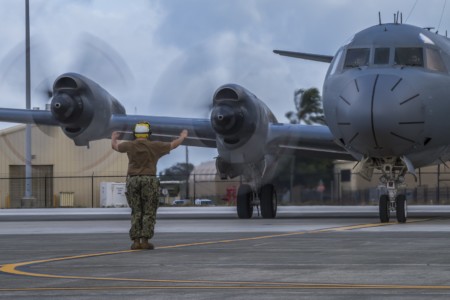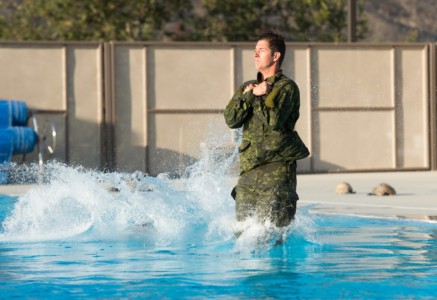Some 25,000 soldiers and sailors from 26 countries are taking part in the RIMPAC 2018 naval exercises in the Pacific.
As CGTN’s Nathan King reports, the naval drills act as a show of force, and a way to test each navy’s capabilities.
After two deadly collisions in 2017, investigators revealed that the U.S. Pacific forces are stretched to the limit, with gaps in even basic training.
Senior officers lost their jobs, and the prestige of the U.S. Navy took a big hit. The collisions also renewed calls for the U.S. to deliver a long-planned expansion of the U.S. Navy.
But Denny Roy from the East West Center in Honolulu says that’s not going to happen anytime soon.
“The U.S. government has committed itself to 355 ships for the U.S. Navy when feasible, but it looks like that won’t happen until the 2050’s,” Roy explained. “There’s a recognition that based on the demands on the U.S. Navy, they are overstretched and need more resources.”





With U.S. commitments growing across the Indo-Pacific (as American officials now call the region), allies and partners are becoming more and more important. Exercises like those happening at RIMPAC are meshing together forces from dozens of separate countries.
While U.S. President Donald Trump criticizes NATO allies for not spending enough on defense, Washington’s allies and partners in the Pacific are spending tens of billions of dollars on new ships and capabilities. Australia and India, to name just two, have ambitious expansion programs.
“As of now, 42-44 ships, submarines are being built in India,” according to INS Sahyadri Naval Commander Amit Kumar Sinha. “In addition, we are investing quite a bit in air assets.”
The Pacific is the biggest ocean on earth, so the U.S. Navy can’t cover it alone. In Honolulu, there’s a growing recognition that Washington will have to increasingly rely on other nations, no matter how many ships it can build.
 CGTN America
CGTN America
 U.S. Coast Guard deployable specialized forces (DSF) assigned to Maritime Security Response Team – West (MSRT-W) and Royal Canadian Navy explosive ordnance disposal technicians assigned to Fleet Diving Unit Pacific conduct maritime interdiction operations training. (U.S. Navy photo by Lt. Matthew A. Stroup/Released)
U.S. Coast Guard deployable specialized forces (DSF) assigned to Maritime Security Response Team – West (MSRT-W) and Royal Canadian Navy explosive ordnance disposal technicians assigned to Fleet Diving Unit Pacific conduct maritime interdiction operations training. (U.S. Navy photo by Lt. Matthew A. Stroup/Released)

